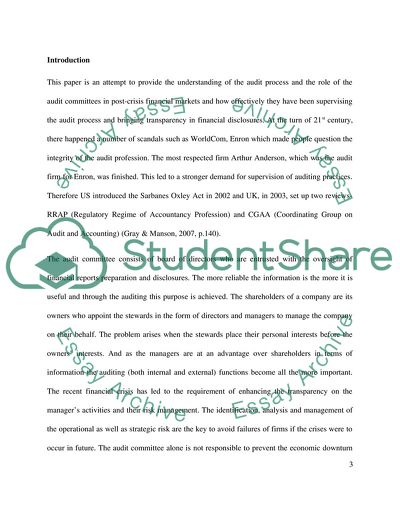Cite this document
(Audit & Assurance Essay Example | Topics and Well Written Essays - 1750 words - 1, n.d.)
Audit & Assurance Essay Example | Topics and Well Written Essays - 1750 words - 1. https://studentshare.org/finance-accounting/1759101-audit-assurance
Audit & Assurance Essay Example | Topics and Well Written Essays - 1750 words - 1. https://studentshare.org/finance-accounting/1759101-audit-assurance
(Audit & Assurance Essay Example | Topics and Well Written Essays - 1750 Words - 1)
Audit & Assurance Essay Example | Topics and Well Written Essays - 1750 Words - 1. https://studentshare.org/finance-accounting/1759101-audit-assurance.
Audit & Assurance Essay Example | Topics and Well Written Essays - 1750 Words - 1. https://studentshare.org/finance-accounting/1759101-audit-assurance.
“Audit & Assurance Essay Example | Topics and Well Written Essays - 1750 Words - 1”. https://studentshare.org/finance-accounting/1759101-audit-assurance.


